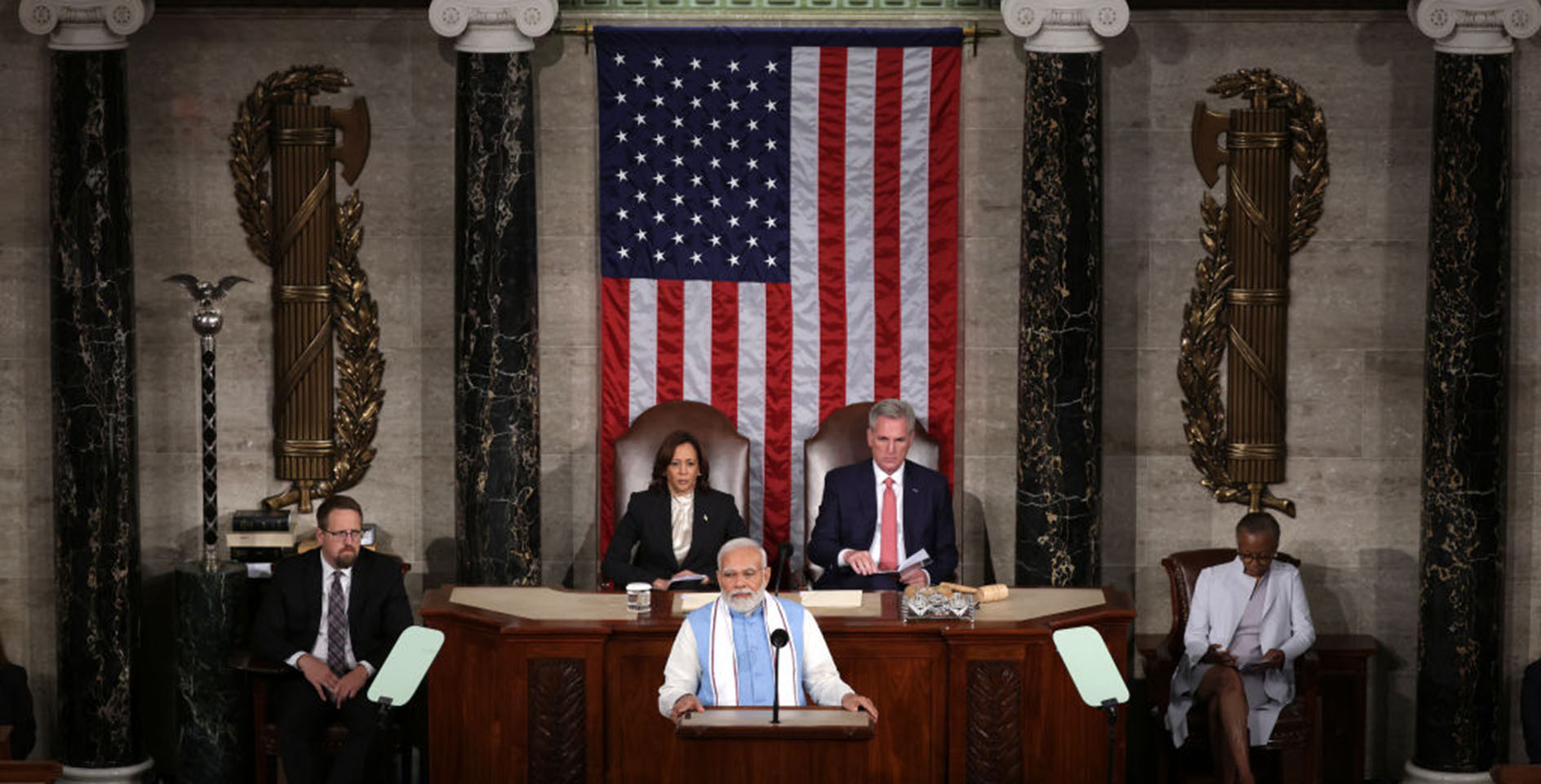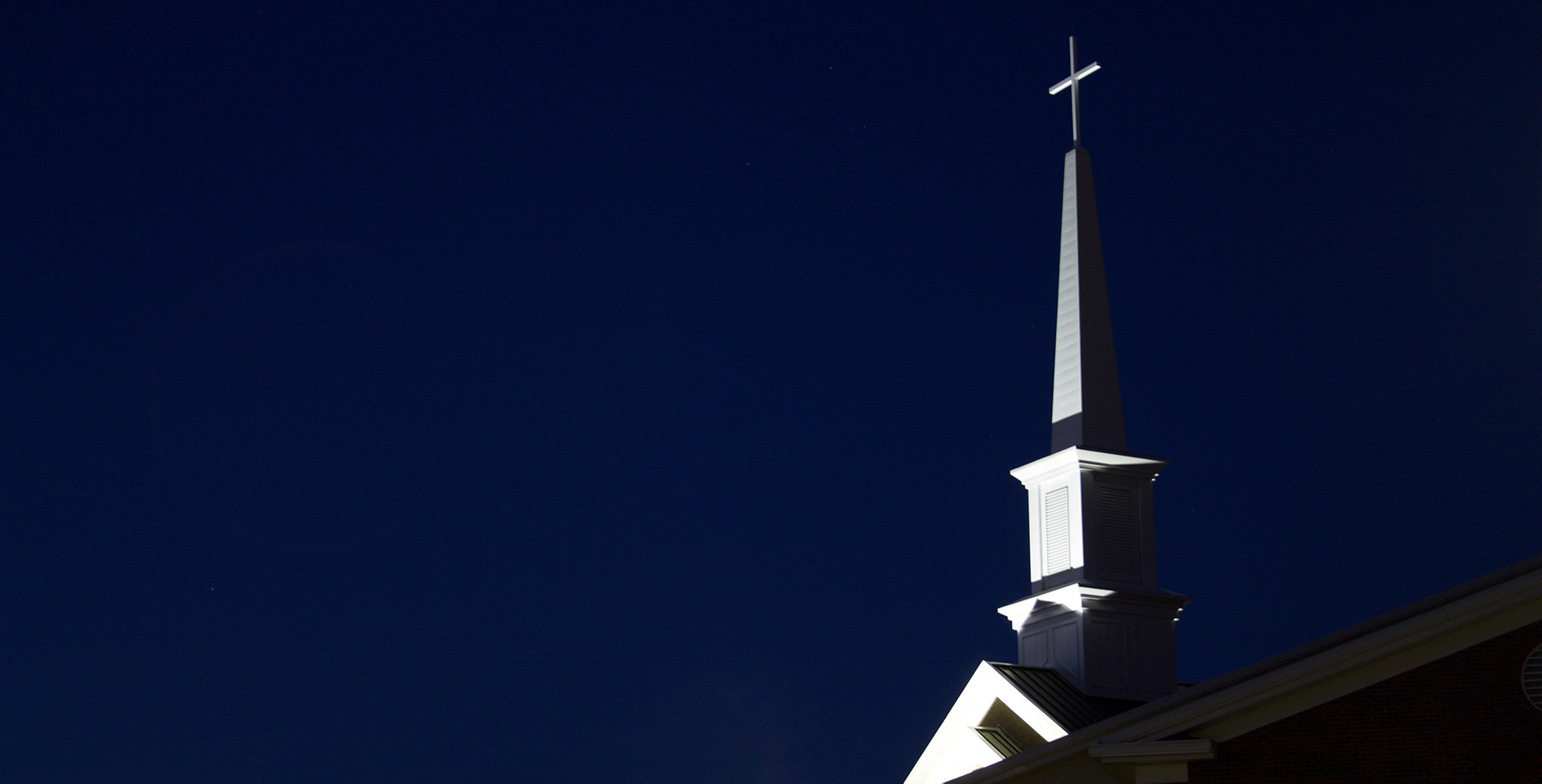The Pew Research Center recently released a new study on the social hostilities and government restrictions related to religion. Here are five sets of facts you should know from that report:
1. Incidents of abuse targeting religious minorities were reported in 47 percent of countries in 2012, up from 38 percent in 2011 and 24 percent in the baseline year of the study. The study finds that the share of countries where violence, or the threat of violence, was used to compel people to adhere to religious norms also increased in 2012. Such actions occurred in 39 percent of countries, up from 33 percent in 2011 and 18 percent as of mid-2007. Members of the world’s two largest religious groups – Christians and Muslims, who together comprise more than half of the global population – were harassed in the largest number of countries, 151 and 135, respectively.
2. Religion-related terrorist violence occurred in about a fifth of countries in 2012 (20 percent), roughly the same share as in 2011 (19 percent) but up markedly from 2007 (9 percent). The share of countries experiencing sectarian violence, however, rose last year. Sectarian violence was reported in nearly one-fifth of the world’s countries in 2012 (18 percent), up from 15 percent in 2011 and 8 percent as of mid-2007.
3. The overall level of government restrictions worldwide stayed roughly the same, though there were some increases on a few measures. The study finds that the share of countries where some level of government interfered with worship or other religious practices increased to 74 percent in 2012, up from 69 percent in 2011 and 57 percent in the baseline year.
4. The number of countries with very high religious hostilities rose from 14 to 20, an increase of more than 40 percent. Six countries had very high social hostilities in 2012 but not in 2011: Syria, Lebanon, Sri Lanka, Bangladesh, Thailand, and Burma (Myanmar). Every country that had very high social hostilities in 2011 continued to have very high hostilities in 2012.
5. The number of countries with very high government restrictions rose from 20 in 2011 to 24 in 2012, an increase of 20 percent. Five countries had very high government restrictions in 2012 but not in 2011: Azerbaijan, Tajikistan, Morocco, Iraq and Kazakhstan. Just one country that had very high government restrictions in 2011 – Yemen – did not have very high restrictions in 2012.











